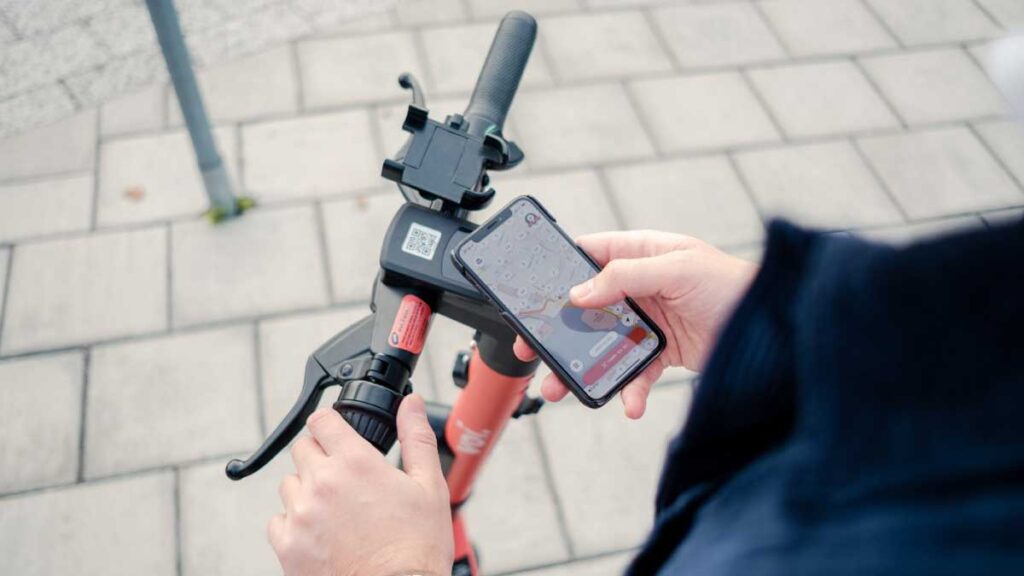E-scooters to benefit from Ericsson-Arkessa partnership

After using the internet to keep people connected for quite some time, many devices nowadays have the capability to be connected to each other by the internet of things technology (IoT) which can work directly through a smartphone.
From small devices to cars and houses, IoT is the main driver to create a new ecosystem by having objects engineered to seamlessly communicate with each other, and especially with the user, to support all day connectivity across the ecosystem.
According to Ericsson, the number of cellular IoT connections will grow from 1.7 billion in 2020 to 5.9 billion in 2026, while the manufacturing IoT managed services segment is estimated to hold approximately 27.5% of the market share in 2026, according to Persistentmarketresearch.
New partnership for IoT connectivity
As such, Ericsson (NASDAQ: ERIC) and Arkessa reached a deal to provide a secure, managed global connectivity solution that supports the rapid and efficient deployment of Voi e-scooter fleets around the world.
According to Ericsson, that partnership will help increase micro-mobility in cities by having global SIMs supplied by Arkessa, allowing Voi to easily provision, activate scooters and manage its fleet of connected scooters worldwide, regardless of their location.
Arkessa’s global connectivity offers Sweedish Voi the flexibility to deploy its growing fleet of e-scooters in various countries while minimizing costs and optimizing coverage.
One SIM can connect to different service providers without the need for physical replacements, offering significant cost savings in fleet management. Voi gains full global connectivity management benefits powered by Ericsson IoT Accelerator.
These IoT-enabled devices contain sensors that constantly collect and react to data, and this vast level of data can be used to unlock new levels of intelligence.
Fredrik Hjelm, CEO and co-founder of Voi, says, “We are excited to work with Arkessa to provide superior IoT connectivity in our scooters and ensure an even higher level of service for our riders and partner cities. By leveraging Arkessa’s secure and resilient global network connectivity, Voi can continue to deliver fast, reliable e-scooter services as we expand into new markets and roll out our next-generation vehicles and IoT hardware.”
Benefits of IoT scooters
In parallel, these scooters which are activated by the smartphone now ubiquitous in every country in Europe and the United States, giving citizens, tourists and locals an alternative and convenient option to move around the city.
On the other hand, the data is collected from the scooter directly via integrated sensors which are transmitted via cellular connectivity to the systems of the companies that own them.
Information – which includes the location of each connected bicycles and scooter, how long each ride takes, which docks need to be restocked, and which ones are full – is always available in real time.
For example, New York’s Citi Bike makes its system data publicly available and invites developers, engineers, and statisticians to use it for analysis, development, and visualization. These measures are taken for the purpose of making better decisions related to transportation and municipal infrastructures.
The idea is that the continuously streamed data collected from connected bikes and scooters will become a crucial components of a fully functional and responsive interconnected grid that can process big data .
Enterprises are increasingly taking advantage of cellular IoT to deliver new services, derive new revenue streams and improve operational cost-efficiency.
